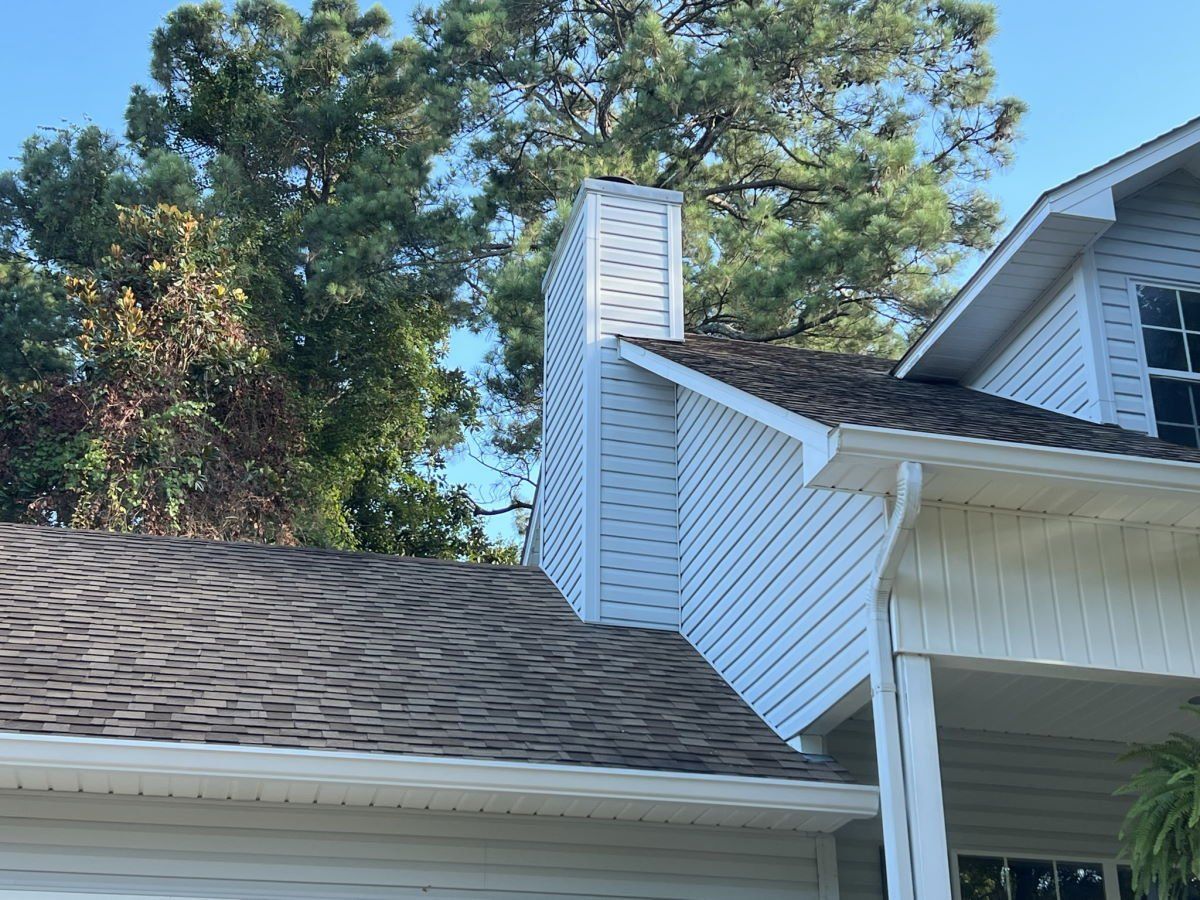Free Estimates | Call Us Today
How to Tarp a Roof and How to Know When You Should
How to Tarp a Roof and How to Know When You Should
One of the worst things that can happen to a homeowner is having their roof collapse. A collapsed roof can cause extensive damage to your home and property, and it can be very expensive to repair. That's why it's important to know how to tarp a roof and when you should do it - or hire someone to do it for you.
Disclaimer: This is a common question we get, so we've decided to answer it in full detail, but please understand we do not recommend anybody to get up on their roof for any reason unless they are using all appropriate safety tools and taking all safety precautions. Please do not put yourself at risk needlessly when you can give us a call today and we'll tarp your roof for you.
What is roof tarping and what are the benefits of doing it?
Roof tarping is the process of covering a damaged roof with a tarp or other type of temporary cover. This is usually done to prevent further damage to the roof or to prevent water from entering the home through the roof. The weight of the tarp depends on the severity of the damage - for example, if there is a large hole in the roof, a heavier tarp will be recommended versus a lighter one.
There are two main reasons why you would need to tarp a roof: either to protect it from further damage after it has already been damaged, or to prevent damage from occurring in the first place in case of a weakness. If your roof has already been damaged, tarping it will help to prevent any further water or debris from entering your home and causing additional damage. It will also give you time to have the roof repaired without having to worry about more inclement weather causing further damage.
When to Tarp A Roof
There are certain situations when you should tarp your roof. If your roof has sustained damage from high winds or severe weather, if there is an imminent danger of collapse, or if you are doing repairs on your roof, you should consider tarping your roof.
Tarping a roof can also be preventative measure. If you know bad weather is on the way and your roof is in need of
roof repair, tarping it can help to prevent any further damage from occurring. This is often done before a hurricane or other major storm hits, in order to protect the property from high winds and flying debris.
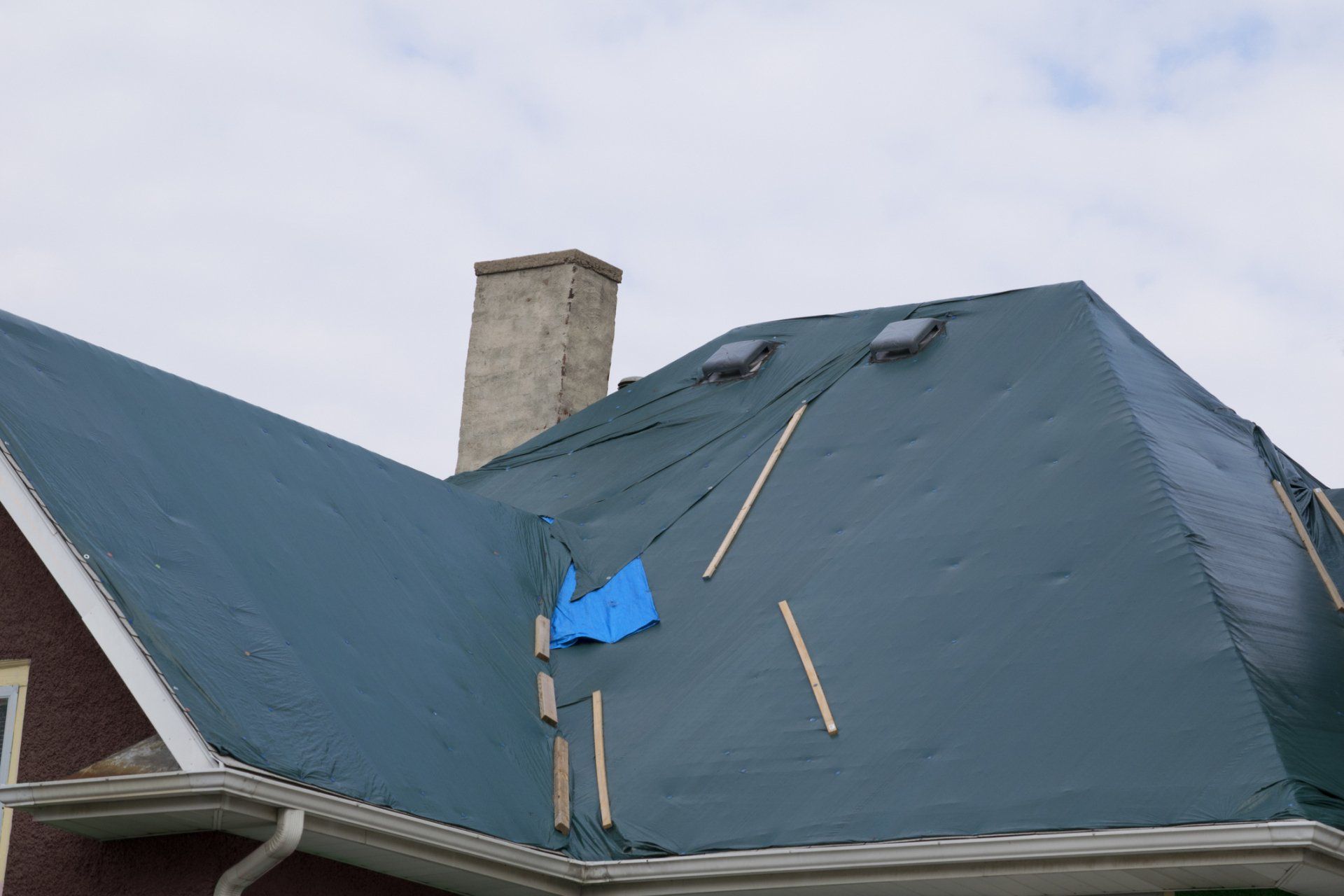
Adhesive tarps
Adhesive tarps for your roof can be a great solution for temporary roof repairs. These types of tarps are made with an adhesive backing, and are durable enough to stand up to rain and temperature changes. However, they are not suitable for long-term roof repairs. The adhesive will deteriorate over time, and they may not stand up to UV light. If you're planning to use them for long-term repairs, choose a tarp that is UV-rated.
Adhesive tarps for roofing come in a wide variety of colors and materials. They are available in waterproof and UV-treated vinyl. Some of them have grommets every two feet. You can find these tarps in sizes from five x seven feet to 20 x 30 feet.
The self-adhesive tarp for roofs can be installed in less than fifteen minutes by one person. This is a great solution for homes that have been damaged by hurricanes and other weather events. In addition to providing protection against debris and water, they help prevent interior sheetrock damage.
Another popular way to tarp a roof is using a rope or bungee cords. This is safer than trying to do it by yourself. Also, it is best to have someone to hold the tarp while you work. When tarping a roof, make sure to wear proper protective gear such as nonskid shoes and use a harness for your safety.
It's also helpful to secure the tarp to 2x4s. The tarp should be securely fastened with nails if it's exposed to windy weather. After that, add two 2x4 boards to the overhang, making sure to space them equally and add even support across the top of the tarp.
Choosing the Right Tarp Size
When tarping a roof, you need to choose the right size of tarp that fits the space of your roof. You can purchase a different type of tarp, which has different benefits. When choosing a tarp, make sure that you consider the environment, the purpose, and what you're doing with it. Before tarping a roof, first measure the damage on the roof and determine how big the tarp needs to be. You'll want the tarp to cover the damaged or weak area with a buffer space of around 2-4 feet to make sure it's totally protected.
Tarping a roof can be quite difficult to if there are things in the way like chimneys, vents, skylights, etc. If these features are in the way, do not in any case completely seal them off -- especially not your plumbing vents!! You must make a hole for them before you tarp the roof, and then thoroughly tape down the edges of the tarp to the roof feature. It is important to use good tape for this purpose, since cheap tapes won't hold up properly to chimney masonry. If you're not sure about tarping, you should call a professional to do the job.
How to Tarp a Roof
Tarping a roof is a relatively simple process, but it's important to do it correctly. First, you'll need to gather some supplies. You'll need a heavy-duty tarp, some 2x4s, some nails or screws, and some rope or bungee cords. Once you have your supplies, follow these steps:
1. Position the tarp over the damaged area of the roof.
2. Secure the tarp to the roof with nails or screws. Be sure to use enough to keep the tarp in place - you don't want it blowing away in high winds!
3. Use the 2x4s to secure the edges of the tarp. This will help to keep it in place and prevent it from flapping in the wind.
4. Secure the tarp with rope or bungee cords if necessary.
5. Make sure there are no holes or gaps in the tarp, and that it is tightly secured to the roof.
How long will a tarped roof last?
The lifespan of a tarped roof will depend on the type of tarp you use, the weather conditions, and how well you secure it. Heavy-duty tarps can last for several months, while lighter-weight tarps may only last for a few weeks. If you live in an area with high winds or severe weather, you may need to replace the tarp more frequently.
It's important to check your tarped roof regularly and make sure it is still secure. If you see any holes or gaps, make sure to repair them right away. Remember, a tarped roof is only temporary protection - it's not a substitute for permanent repairs!
In Conclusion - It's Best To Hire a Pro
Tarping your roof yourself is doable but the real question is, is it worth the danger and liability you expose yourself to? We think it's best to hire a professional roofing company to tarp your roof for you. Not only do they have the experience and expertise, but they also carry the insurance in case something goes wrong. So if you must do it yourself, use all safety precautions possible but if at all possible, save yourself the headache and hire a pro like
Southern Roofing Systems.
Read More About Roofing!
Southern Roofing Systems is one of the fastest growing coalitions of roofing services acros the United States Southeast. We provide everything from residential services to commercial services.
OUR SERVICES
Southern Roofing Systems is a Marketing Brand with Roofers Across the Southeastern United States | All Rights Reserved

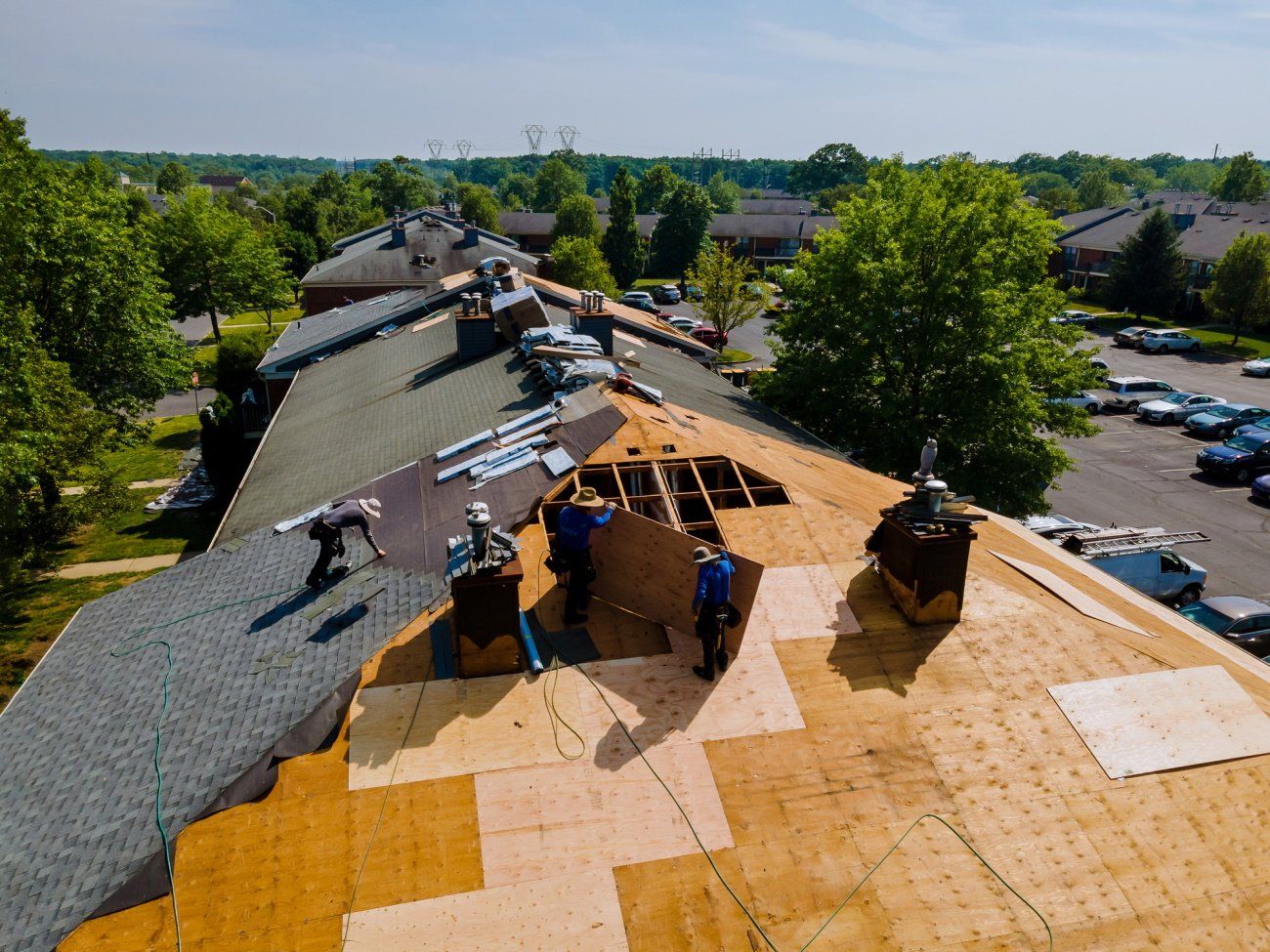

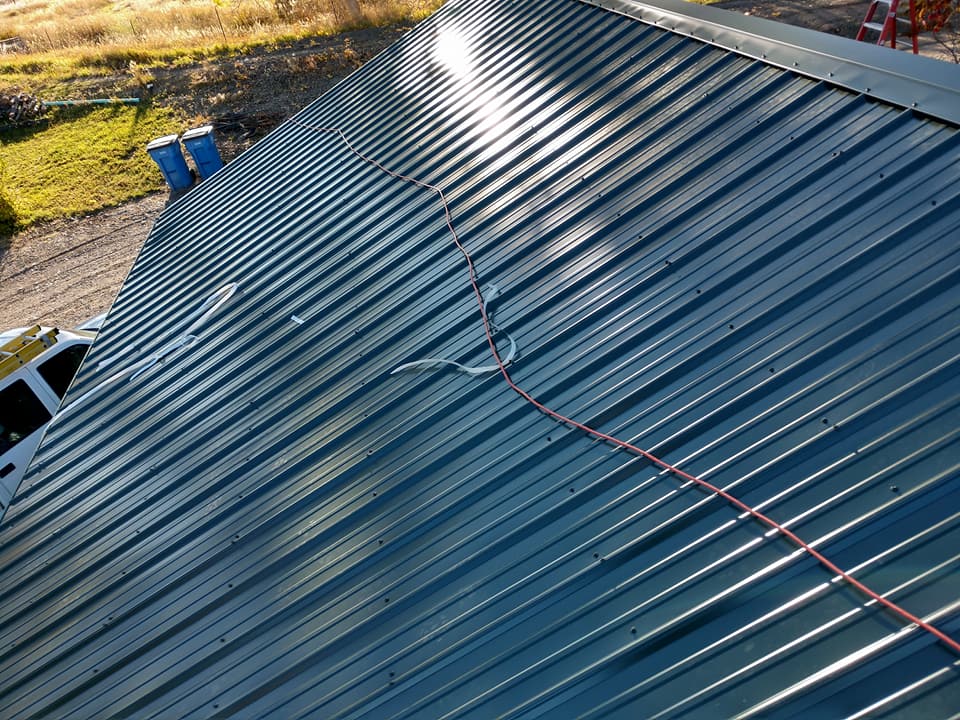

![What Is Torch Down Roofing? [Benefits and Downsides]](https://lirp.cdn-website.com/d89ea654/dms3rep/multi/opt/iStock-1092069734-6690c8ea-1920w.jpg)
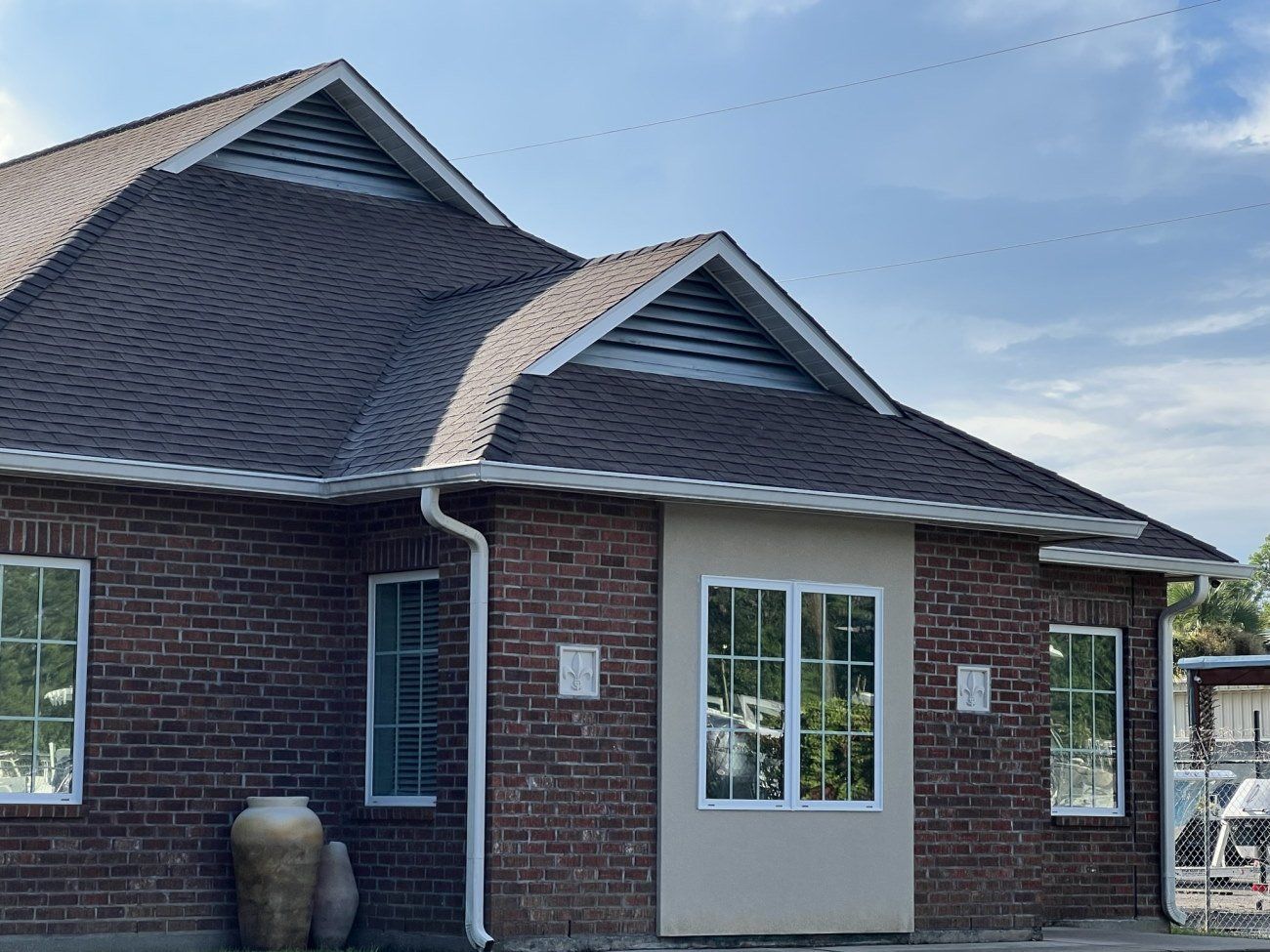
![How to Remove Moss from Your Roof [The Ultimate Guide]](https://lirp.cdn-website.com/d89ea654/dms3rep/multi/opt/older+roof+in+need+of+roof+repair+in+Orange+Beach-1920w.JPEG)
